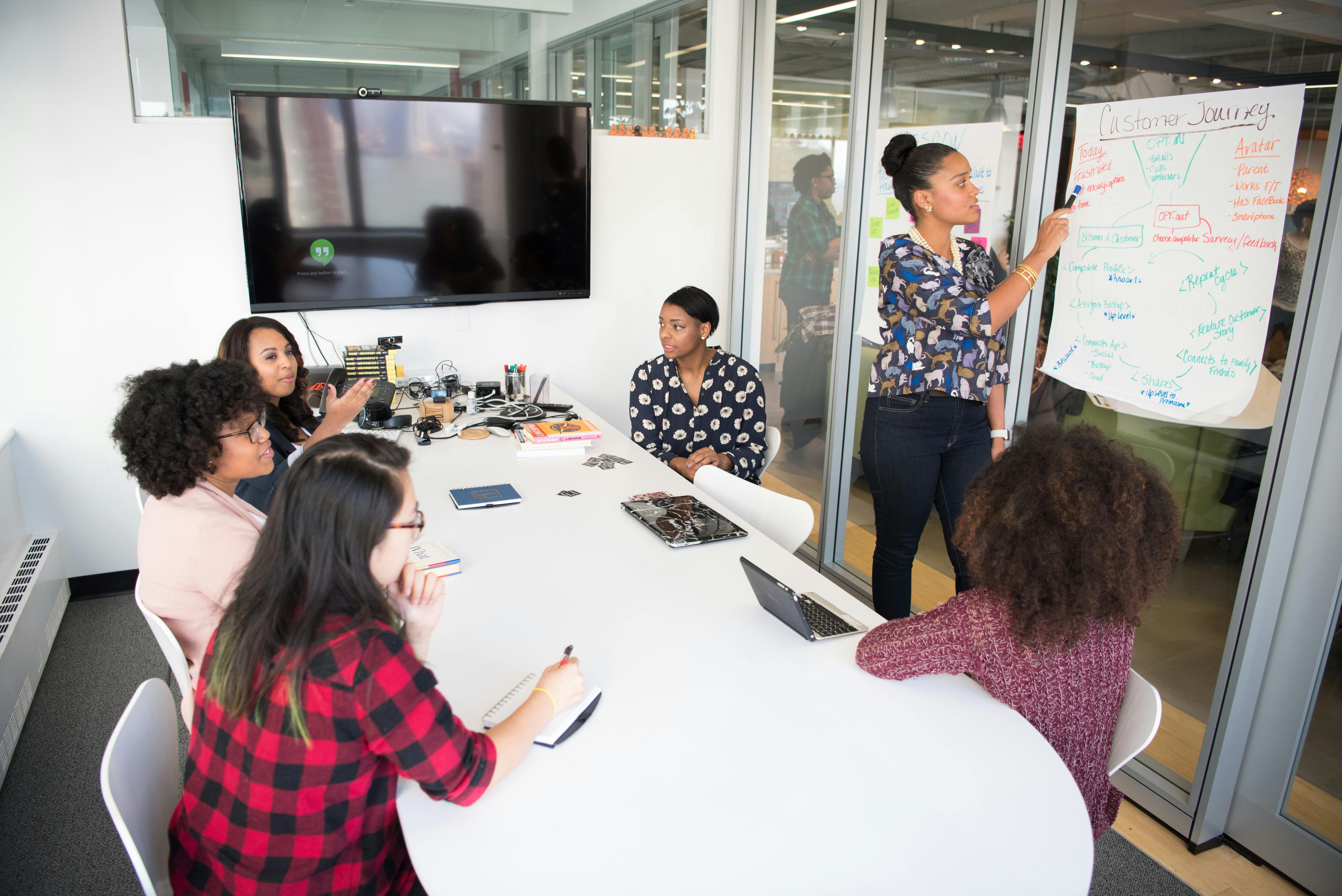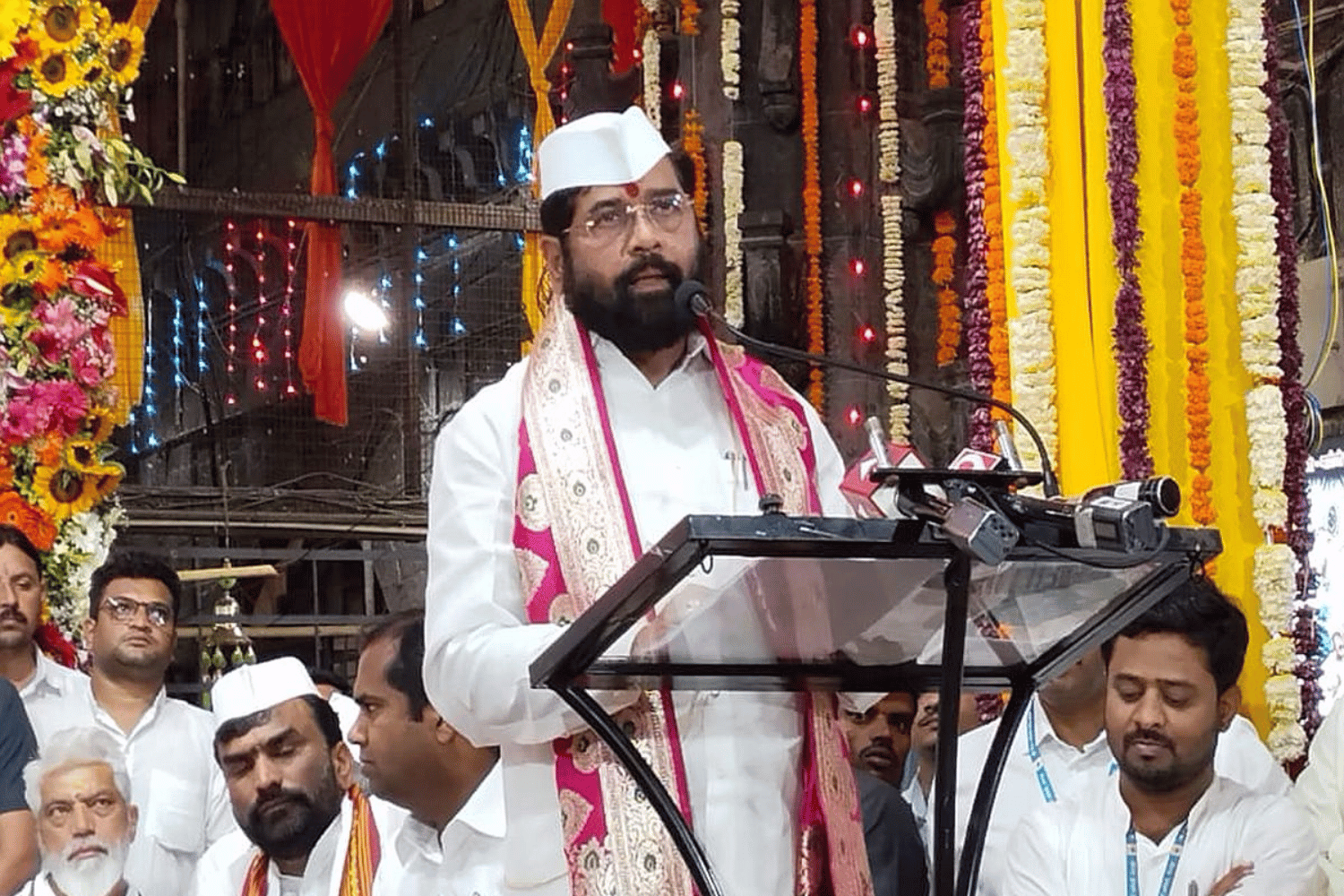
Building Your Workforce For The Future: What You Should Know

As the world rapidly changes, it’s more important than ever for businesses to stay ahead of the curve and build a workforce that is ready for what comes next. In this article, we’ll be exploring how to create an effective strategy for building a future-ready workforce and preparing your company to compete in an ever-evolving landscape. Get ready to plan out your team and arm yourself with the tools needed to succeed in an increasingly competitive business world.
When it comes to building your workforce for the future, there are a few things you should keep in mind. First and foremost, you need to make sure that you have a clear understanding of your company’s goals and objectives. Once you have a good grasp on where you want your business to go, you can start to put together a plan on how to get there.
One of the most important aspects of building your workforce is attracting top talent. To do this, you need to create a work environment that is appealing to potential employees. This means offering competitive salaries and benefits, as well as creating a culture that is supportive and collaborative.
Another key element of building your workforce is developing your current employees. Investing in employee training and development programs can help ensure that your team has the skills they need to be successful now and in the future.
By keeping these things in mind, you can start to build the foundation for a strong and successful workforce that will help take your business to the next level.
The Benefits of Future-Ready Workforces
A future-ready workforce is one that is equipped with the skills and knowledge necessary to succeed in an ever-changing, increasingly complex world. As the nature of work continues to evolve, it is becoming increasingly important for individuals to possess a mix of both hard and soft skills. Hard skills are those that are specific to a particular job or industry and can be learned through formal education or training. Soft skills, on the other hand, are generalizable skills that enable individuals to interact effectively with others and adapt to new situations.
Some of the benefits of having a future-ready workforce include:
1. Increased competitiveness: A future-ready workforce will help your business stay ahead of the curve and stay competitive in an ever-changing marketplace.
2. Improved employee retention: Future-ready employees are more likely to be engaged and satisfied with their jobs, which leads to improved employee retention rates.
3. Greater innovation: A workforce that is equipped with the skills and knowledge necessary to succeed in an ever-changing world is more likely to be innovative and generate new ideas that can help your business grow.
What to Look for When Hiring for the Future
When hiring for the future, it is important to look for individuals who are adaptable and have a growth mindset. With the ever-changing landscape of the workforce, it is becoming increasingly important for employees to be able to adapt to new situations and learn new skills. Individuals with a growth mindset are also more likely to be open to feedback and willing to learn from their mistakes. Furthermore, when looking for employees to hire for the future, it is important to consider diversity. A diverse workforce will bring different perspectives and ideas to the table, which can help your company be more innovative and successful. Finally, when hiring for the future, it is important to consider candidates' potential rather than their experience. While experience is still important, candidates who have the potential to grow and develop into leaders will be more valuable in the long run.
Skills and Knowledge Gaps to Target
When it comes to workforce development, it's important to identify skills and knowledge gaps within your organization. By doing so, you can target specific areas for training and development initiatives.
Some common skills and knowledge gaps that organizations face include:
-Communication: Employees may not have the communication skills necessary to effectively interact with customers, clients, or vendors.
-Problem solving: Employees may need help honing their problem-solving skills in order to troubleshoot issues quickly and efficiently.
-Technical skills: As technology evolves, employees may need training on new software or applications used by the organization.
-Leadership: Developing a pipeline of future leaders is essential to ensuring the long-term success of any organization.
By identifying skills and knowledge gaps within your workforce, you can develop targeted initiatives to close those gaps and better prepare your employees for the challenges of the future.
How has the workforce evolved since the pandemic hit?
Prior to the pandemic, many organizations were already underway with workforce planning and transformation initiatives aimed at preparing for the future of work. The pandemic has served as a catalyst for accelerating many of these trends, resulting in a more rapid shift in how work gets done.
There are a number of factors that have contributed to this evolution including:
-The increase in remote work and need for greater flexibility: The pandemic has forced many organizations to reevaluate their policies and procedures around remote work, with an emphasis on increasing flexibility for employees. This has led to changes in job descriptions, increased use of technology, and new policies around leave and attendance.
-The rise of the gig economy: In response to the economic downturn caused by the pandemic, many workers have turned to gig work as a way to make ends meet. This includes freelance work, short-term contracts, and other contingent arrangements. As a result, organizations are starting to consider how they can tap into this talent pool to supplement their workforce needs.
-The changing nature of skills: With automation and artificial intelligence on the rise, there is a growing need for employees with higher-level skills such as critical thinking, problem solving, and creativity. At the same time, jobs that are easily automated are at risk of being eliminated entirely. As a result, organizations need to focus on upskilling their existing workforce and attracting talent with the right mix of skills.
Training Strategies for Developing a Future Ready Workforce
When it comes to training your workforce for the future, there are a few key strategies you should keep in mind. First, it’s important to focus on developing employees’ soft skills. This includes communication, teamwork, and problem-solving abilities. Additionally, you should provide opportunities for employees to learn new technologies and how to use them. Finally, don’t forget to encourage lifelong learning so that your workforce can stay ahead of the curve.
1. Develop Soft Skills: Soft skills are key when it comes to preparing your workforce for the future. These skills include communication, collaboration, problem-solving, and critical thinking. Provide training sessions or workshops that help employees hone these abilities and make sure they’re using them regularly in their current roles.
2. Leverage Technology Training: As technology advances and new tools become available, it’s essential that employees have the necessary skills to use them effectively. Invest in regular training sessions that focus on familiarizing employees with new technologies as well as best practices for using them.
3. Encourage Lifelong Learning: No matter how much knowledge an employee has right now, there will always be something more to learn in order to stay ahead of the curve. Encourage employees to take courses or read up on industry trends so that they can stay up-to-date on the latest advancements in their field.
By implementing these strategies, you’ll set your workforce up for success no matter what changes come their way in the future!
Creating a Culture of Continuous Learning
In order to stay ahead of the curve, it’s important to create a culture of continuous learning within your organization. This means creating opportunities for employees to learn new skills and knowledge on an ongoing basis. There are a few ways you can do this:
-Encourage employees to take advantage of online learning resources: There are a number of great online learning platforms out there, such as Coursera and Udemy, that offer courses on a wide variety of topics. Encourage your employees to take advantage of these resources to learn new things.
-Invest in formal training programs: In addition to online resources, there are also many formal training programs available that can help employees learn new skills. Consider investing in some of these programs for your team.
-Make use of internal experts: Another great way to promote continuous learning is by making use of the expertise of your own team members. If someone on your team is particularly knowledgeable about a certain topic, ask them to share their knowledge with others through brown bag lunches or informal presentations.
-Encourage networking and collaboration: Finally, encourage your employees to network and collaborate with each other. This can be done through formal networking events or simply by encouraging them to share ideas and best practices with each other on a regular basis.
Building a workforce for the future is an essential part of any business endeavor. With the right strategies, tools and knowledge, companies can ensure that they are well-equipped to handle whatever challenges lie ahead in the ever-changing world of work. By understanding the various aspects involved with creating and managing a strong workforce, businesses can create an environment where everyone has opportunity to flourish and be successful. Ultimately, this will benefit not only the company but also its employees and customers alike.



.webp)
